We love wood and that's why we are in favor of its rational exploitation and recovery whenever possible. Old houses and buildings are a very good source of reclaimed wood. Recovering it is an act of environmental responsibility and at the same time it produces a material that is appreciated by product and interior designers. From reclaimed wood are made floors and decorative walls, furniture and decorative objects with an authentic antique look. Using this type of wood results in an object that is new and old at the same time. The wood has time embedded in it and gives the feeling that it comes with a part of the stories of lived stories, a silent witness to past lives. And that gives it value and weight.
The possibilities for recovery are even more than we think
Not only old houses and outbuildings are sources of reclaimed wood. These sources are mainly used by companies for which reclaimed wood is the raw material. By the nature of their production, they need large pieces of wood, beams, beams, poles or other 'heavy' parts to provide them with as much wood as possible.
For those who are thinking about bi-crafting activities or items made in a workshop, the source of old wood can be more extensive. Old furniture, parts of a replaced fence, old wooden staircases, aged pergolas, even old kitchen choppers can be used. All are a source of wood and you will be surprised to find clean, healthy wood beneath the dirty, dark coat. Not to say that there aren't situations where wood can be rotten or attacked by curries so that its use becomes impossible. There are such situations, but the wood must be checked in its entirety. Because there is a possibility that only some of it is rotten and the rest is very good.
Another source of reclaimed wood is old furniture or doors and windows replaced with better ones. What you can do with old doors we've already shown you here. But old furniture can also be used. If it's not badly damaged, with a little repair and refinishing it can be transformed so that you enjoy using it. And if it is wrecked, you can certainly salvage a drawer front, a leg or a piece of worktop. Such pieces can certainly be used to make interesting objects or furnishings.
Another source of recovered wood is wooden packaging - crates, crates, boxes, pallets.
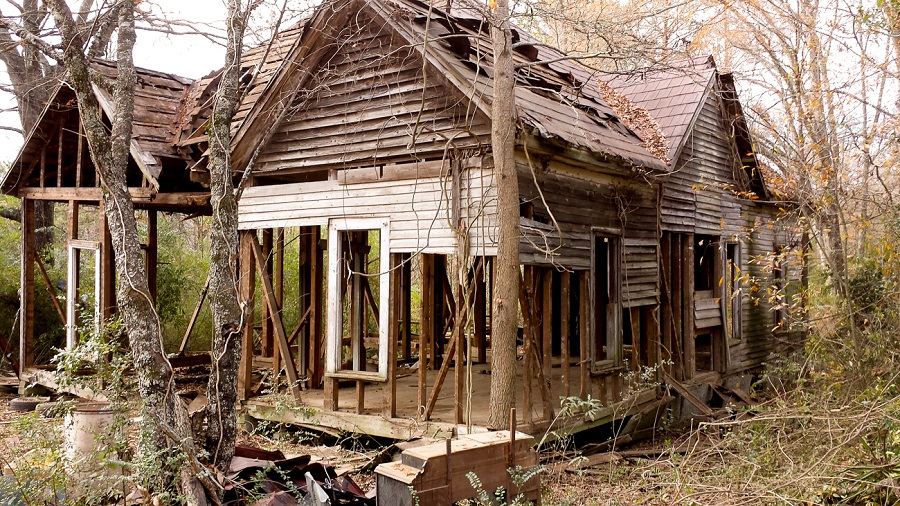
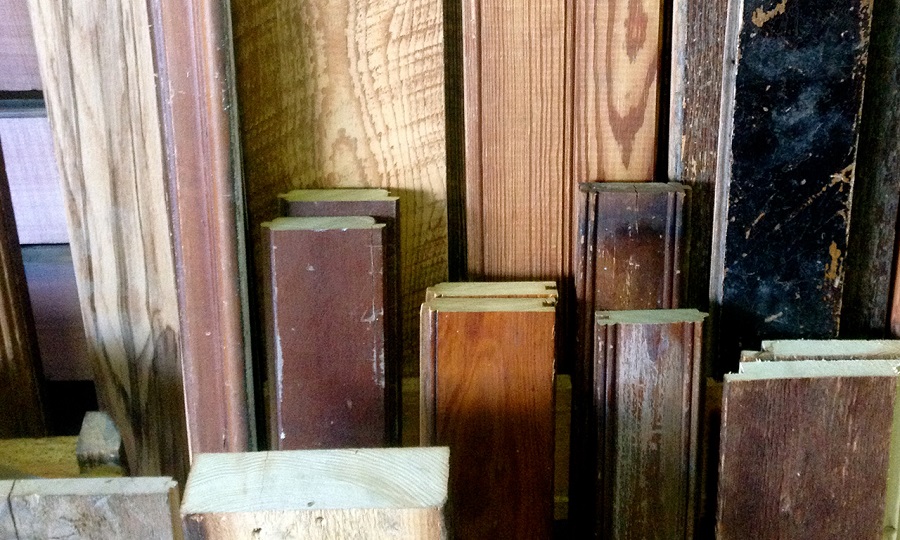
Treatments and processing before use
It is difficult to use wood as it is salvaged from a building or from old windows or furniture. The risk of insect infestation is high and it is good to check this before use. The existence of bur holes is a sign, but you cannot be sure that there are still larvae inside. You can check if fresh wood dust appears next to the holes from day to day. If so, there are larvae inside the wood.
If there are holes, it's safer to assume there are larvae. It is not easy to get rid of them, but it is not impossible. And reclaimed wood with natural quarry holes is much more prized. There are commercially available solutions for treating affected wood. Beware, solutions that protect the wood from decay are not effective when there are already decay in the wood.
There are simpler treatment methods, especially for small pieces of wood. Wood can be placed in the freezer and frozen or put in a kiln at 60-70ºC. "Repeated 'smoking' with special solutions or treatment with antifreeze solution are other ways to get rid of decay.
Weathered wood color is very fashionable right now. There are those shades of gray ranging from bluish gray to dark gray. If you don't like the color or the wood is too dirty then you can remove the top layer by sanding or planing. The less you remove, the more of the natural effect will remain.
Planks that have been outside for a long time also have that structuring - the wood design in relief due to the difference in time between late and early wood. Such wood, very finely planed, takes on a very interesting patina.
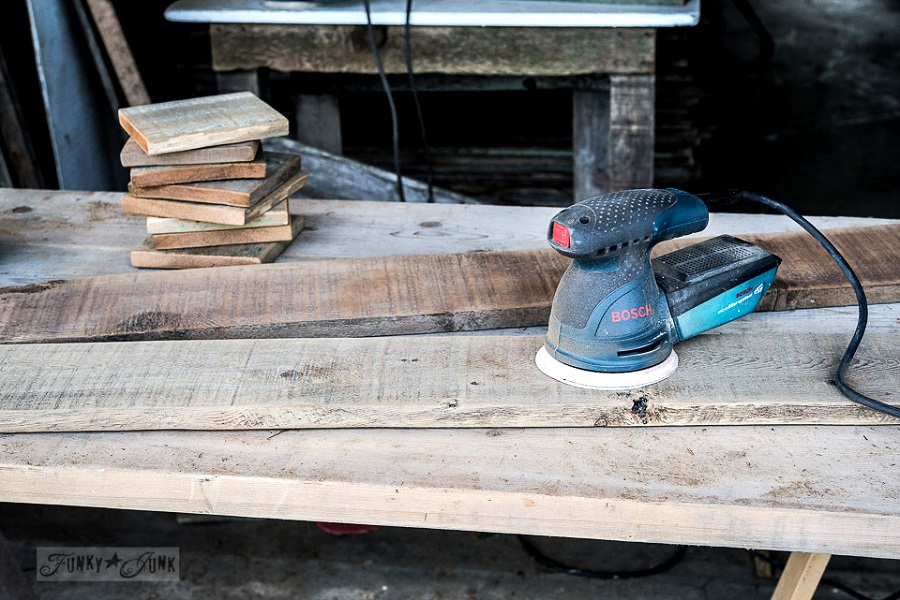
What can be done with recovered wood
Reclaimed construction timber can be used for fencing, gazebos, pergolas or the construction of other buildings. Incidentally, this was a custom in villages in the past. I remember the demolition of various childhood hovels while we were in the country on vacation. First the sheep were gone, then the cow and the pig. As my grandmother, lonely and old, no longer had the strength to keep them, the buildings in which the animals were housed were demolished in the summer, on vacation, by my father with my uncle. Old wood was never thrown away. It was put aside and sorted. What was very rotten, rotten or eaten by insects, was put for the fire. The other was checked, the nails removed and put away for further work. The tables used outside - on which we ate in the summer - were all made of such wood. Never resorted to cutting down trees if the work could be done with old wood.
Reclaimed wood can be used to make decorative objects, table tops or coffee tables, chairs, decorative walls, bed boards, floors. It can be used in various jobs to reduce the amount of 'new' wood used.
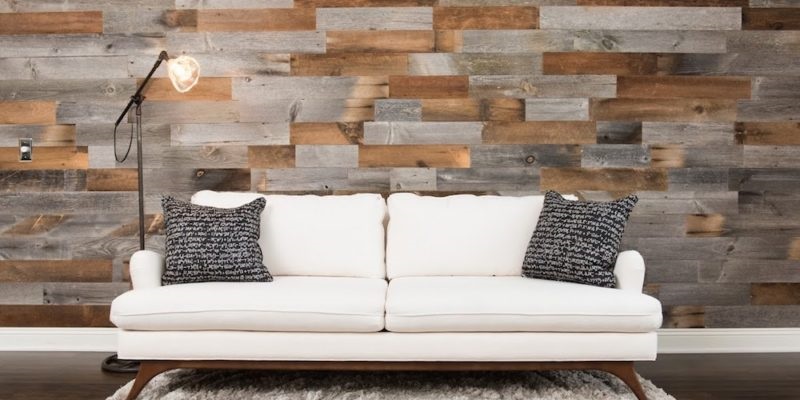
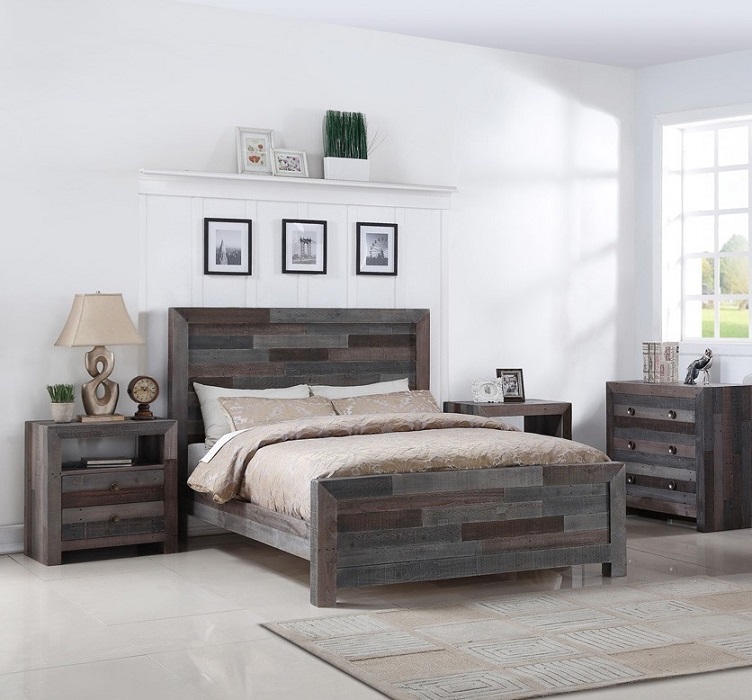
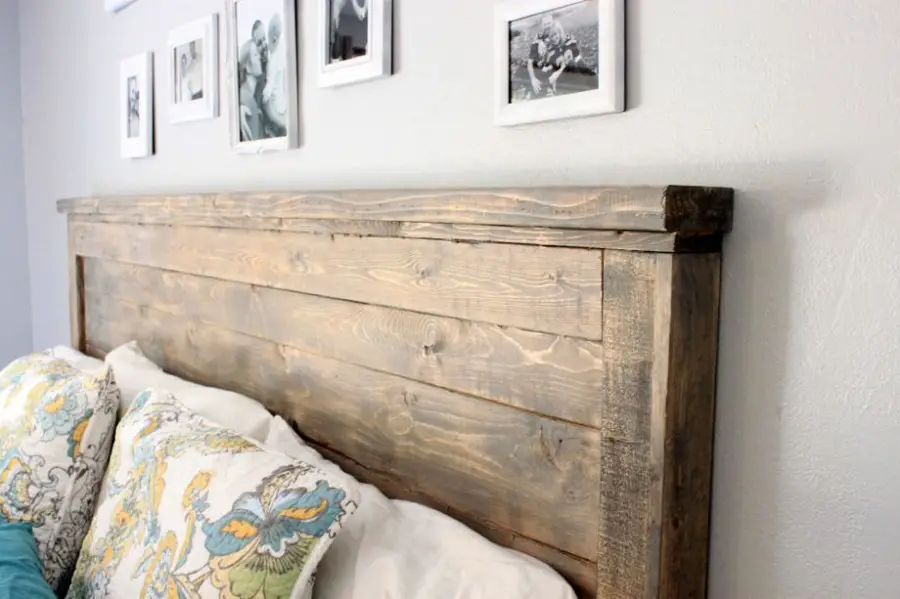
What is the most suitable finish
The best finish for reclaimed wood is natural - oil and wax. They best emphasize the old look of the wood. The wood can be left with the patina it has acquired over time, or it can be stained in the usual way with a stain and then oiled. For better protection, wax can be applied as a final coat.
One way to use reclaimed wood to make great objects is together with epoxy resin. Table tops made from pieces of reclaimed wood and clear or colored epoxy resin are now very popular. What's more, even if infested, if it's put in resin there's no danger of the decay decay spreading out and infesting other wooden objects.
If you're a DIY enthusiast, don't immediately think 'new' wood when you want to do a job. Check first whether you can also use reclaimed wood from various sources. You'll save money and you might end up with something even more charming. Good luck!
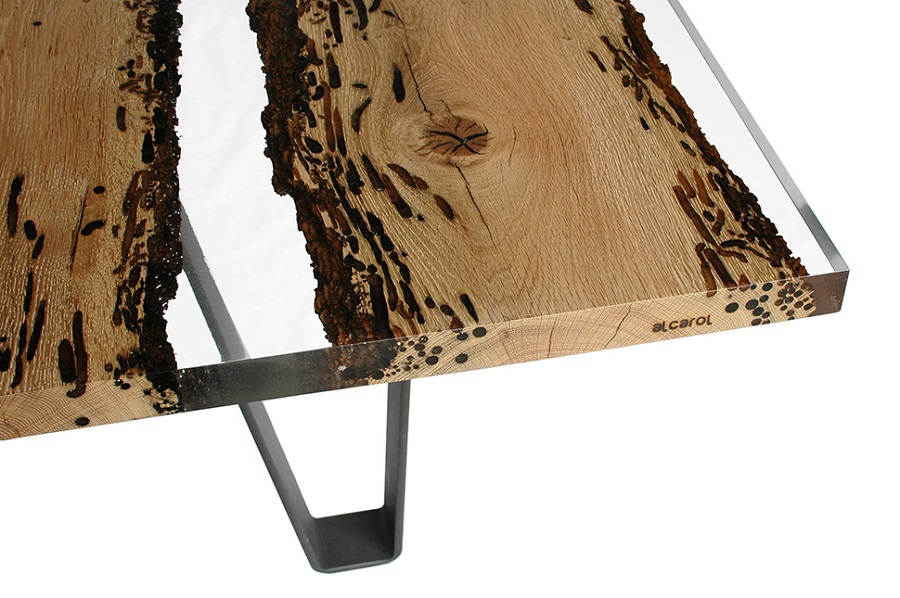
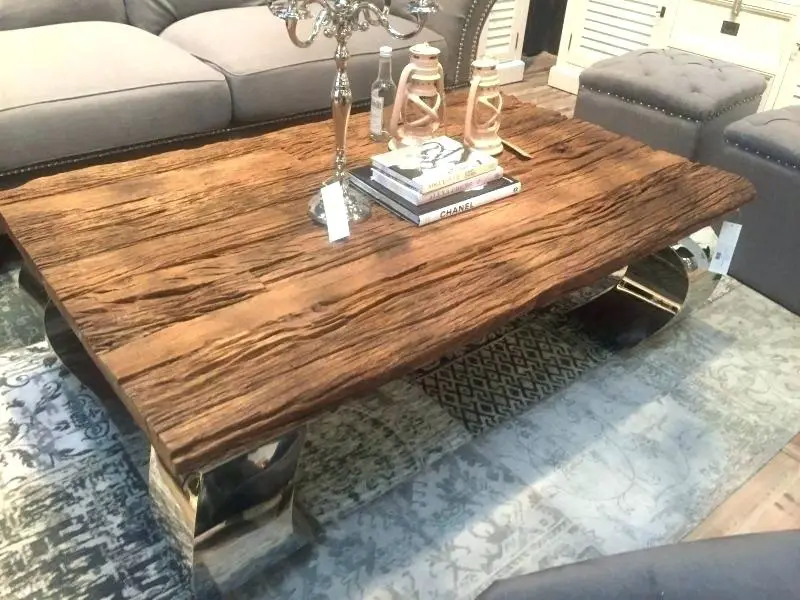




































Add comment